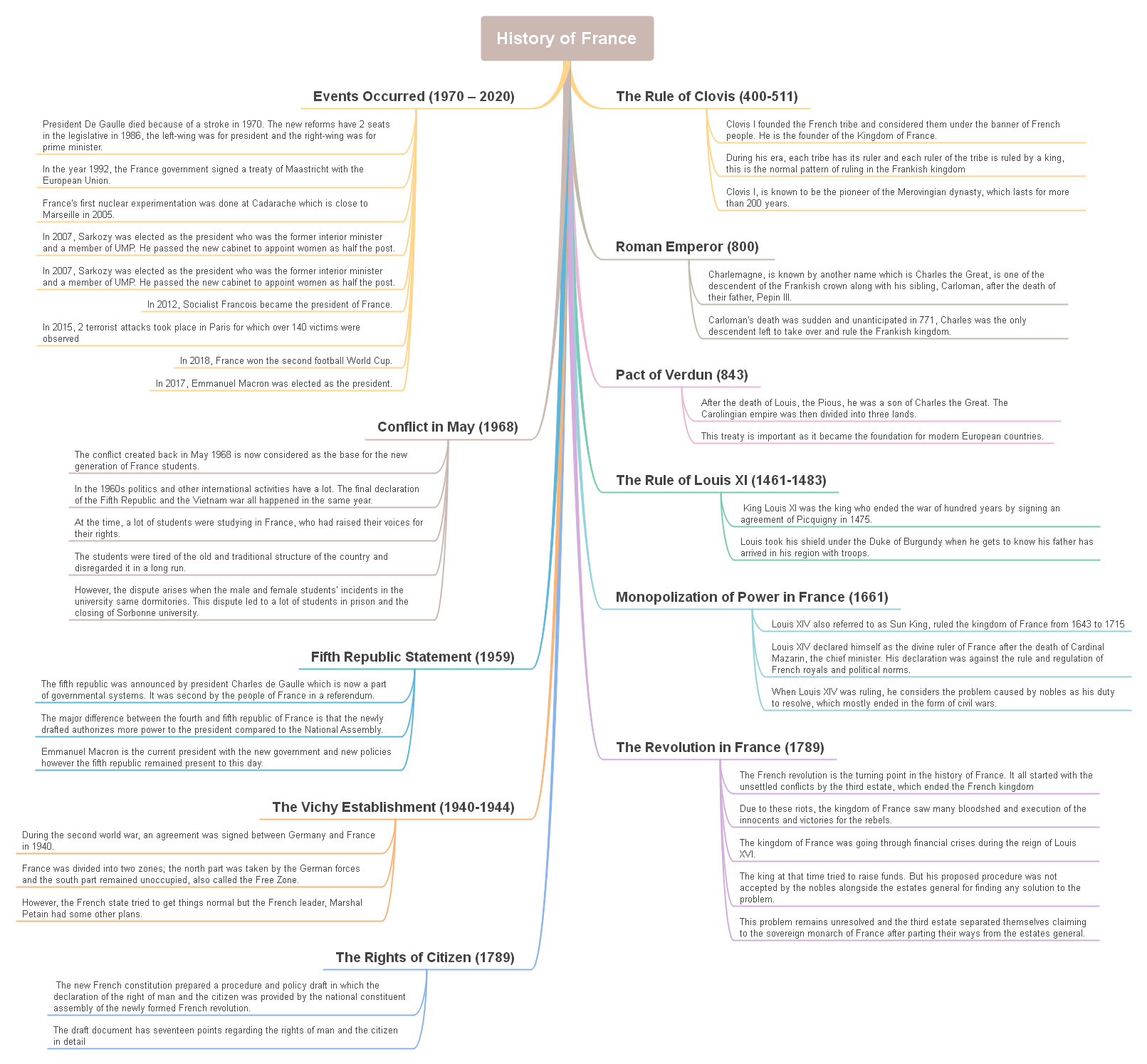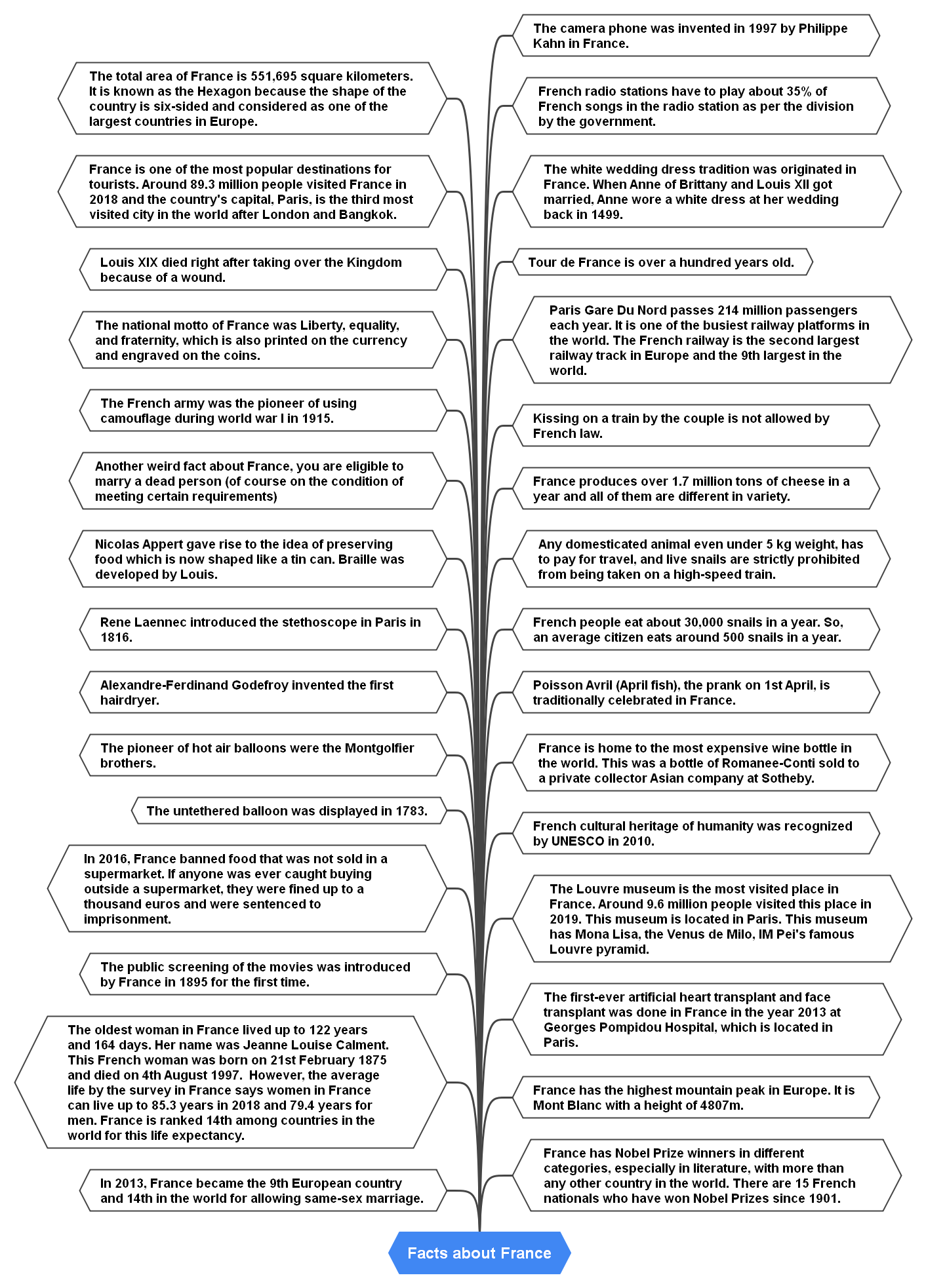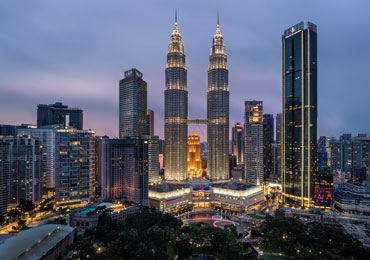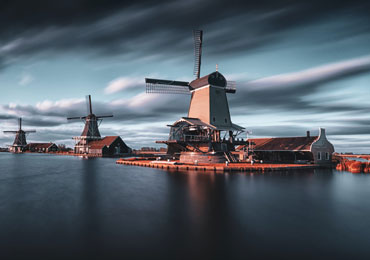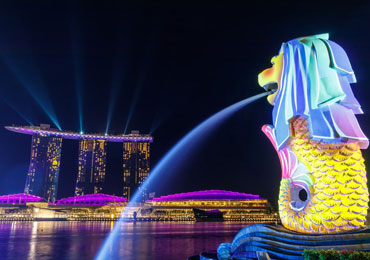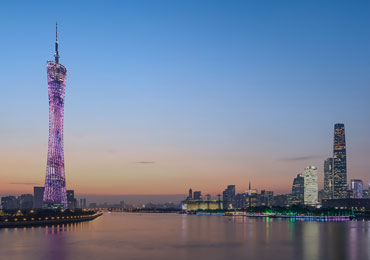History of France
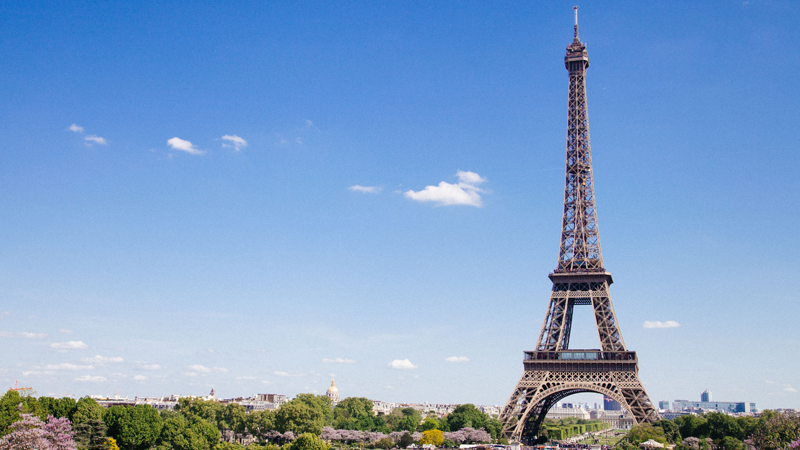
France is the oldest and third-largest European nation with multiple cultural values. The country has six bordering countries which are; Italy and Switzerland towards the southeast, Germany and Belgium to the northeast, and Spain to the southwest. France has one of the most stable economies in Western Europe and is known for administrating a huge area of the sea. This country is located in the middle of western Europe. The history of France date backs to ancient times, which includes various battles, invasions, conflicts, and riots. France has seen a great number of era-defining events. The history of France is discussed later in the article to get a better understanding of the culture and the events that took place before France had become a wealthy and economically stable country.
The revolution of the French nation had a significant impact on building towards a stable and better nation and was considered an important part of the history of the European region. France has been an influential European country that takes an active part in different external affairs alongside civil affairs and governmental issues. The present government of France is providing the democratic states with inspiration on how a state/country should be administrated. The French movement made many reforms, and the French revolution was a noticeable growth for the coming generation.
The country is considered one of the most popular destinations for tourists as it has amazing architectural and natural beauty, multiple other activities, rich historical places, and buildings that became well-known tourist attractions.
Timeline History of France
The main events that comprise the history of France are the following:
The Rule of Clovis (400-511)
Clovis I founded the French tribe and considered them under the banner of the French people. He is the founder of the Kingdom of France. The French king was born in a Pagan family but later in life explored Arianism.
During his era, each tribe had its ruler and each ruler of the tribe was ruled by the king. This is the normal pattern of ruling in the Frankish Kingdom. Furthermore, the crown would be passed on to the descendent of Clovis I.
Clovis I is known to be the pioneer of the Merovingian dynasty, which lasted for more than 200 years.
Roman Emperor (800)
Charlemagne, who is also known by the name Charles the Great, was one of the descendants of the Frankish crown along with his brother, Carloman, after the death of their father, Pepin III.
The division of power between the two brothers in the Kingdom became a serious problem with time. However, Charles made as many associates as possible to secure his position in the Kingdom as ruler.
Carloman's death was sudden and unanticipated in 771, leaving Charles as the only descendent left to take over and rule the Frankish Kingdom.
The duty of the king of France traditionally was to lead the troops and get victories over other territories. Charles is regarded as a warrior king. These duties were passed on to him by his predecessors, the Merovingian empire.
Pact of Verdun (843)
After the death of Louis the Pious, who was a son of Charles the Great, the Carolingian empire was then divided into three lands. Each was given to one of the three remaining sons of Louis.
The eldest son of Louis, Luthier I was greedy to get more territory and overrule his brothers, which resulted in a serious and open war amongst his brother, Louis the German, and half-brother Charles the Bald.
The Carolingian civil war was ended by the signing of the agreement of Verdun in which Charlemagne's empire was distributed into three subdivisions which are West, Central, and East Francia, which was then ruled by Charles the Bald, Luthier I, and Louis the German individually.This treaty is important as it became the foundation for modern European countries.
The Rule of Louis XI (1461-1483)
King Louis XI was the king who ended the war of a hundred years by signing the Treaty of Picquigny in 1475. Louis XI was the only one left to rule over the Kingdom after the death of his father, Charles VII in 1461.
Louis XI's relation with his father remain complicated as his father, during his rule, provided him authority to rule over the Dauphine region, but his son was somewhat a rebel. Although, Charles Vll forgave him. Louis developed his political system in the region he ruled, which led his father to take action against him.
Louis took his shield under the Duke of Burgundy when he got to know that his father had arrived in his region with troops. After the death of his father, he gave the complete reign of France to the Burgundians. But the battle of Louis does not end here.
The Duke of Burgundy's successor to be was the enemy of Louis and tried to rebel. Louis separated the duke of Burgundy from his town and declared peace between France and England.
Monopolization of Power in France (1661)
Louis XIV, also referred to as the Sun King, ruled the Kingdom of France from 1643 to 1715. He is the one who brought both the political center and France's royalty together under one roof, which is the palace of Versailles.
Louis XIV declared himself as the divine ruler of France after the death of Cardinal Mazarin, the chief minister. His declaration was against the rules and regulations of French royals and political norms. He ruled the Kingdom of France as a dictator.
When Louis XIV was ruling, he considered the problems caused by nobles to be his duty to resolve, which mostly ended in the form of civil wars. He administrated things all by himself for the aristocracy, as well as political matters alongside the members of the royal family at Versailles palace.
The Revolution in France (1789)
The French revolution was a turning point in the history of France. It all started with the unsettled conflicts by the third estate, which ended the French Kingdom. Due to these riots, the Kingdom of France saw widespread bloodshed and execution of the innocents following victories of the rebel army.
The Kingdom of France was going through financial crises during the reign of Louis XVI. The king at that time tried to raise funds. But, his proposed procedure was not accepted by the nobles alongside the estates general for finding any solution to the problem.
This problem remained unresolved and the third estate separated themselves, claiming to the sovereign monarch of France after parting their ways from the estates.
The counter-revolution resulted in the execution of the royals and anyone who was planning to show any rivalry through their actions or by their spoken word.
The Rights of Citizen (1789)
The new French constitution prepared a procedure and policy draft in which the declaration of the right of man and the citizens of France was provided by the national constituent assembly of the newly formed French government.
The draft document had seventeen points regarding the rights of man and the citizen in detail. The document abolished the feudal system and aristocratic authority on the land on which people work on. Furthermore, they granted sovereignty to the people of France over their country.
This legal document was taken as an inspiration by the United Nations Universal Declaration of Human Rights in the year 1948 by Magna Carta.
The Vichy Establishment (1940-1944)
During the second world war, an agreement was signed between Germany and France in 1940. According to the agreement, France was divided into two zones; the north part was taken by the German forces and the south part remained unoccupied, also called the Free Zone.
However, the French state tried to get things back to normal. But the French leader, Marshal Petain, had some other plans. He developed another regime of the values that should be followed by Germany. The Germans protested on the agreement collaboration later and the Vichy regime was abolished in 1944 after France was set free by other allies.
Fifth Republic Statement (1959)
The fifth republic was proposed by president Charles de Gaulle and was now a part of governmental systems. It was seconded by the people of France in a referendum. The major difference between the fourth and fifth republic of France is that the new draft authorized more power to the president compared to the National Assembly. Now have lower power and observed as the lower house of Parliament.
Emmanuel Macron is the current president with the new government and new policies. However, the fifth republic remains in play to this day.
Conflict in May (1968)
The conflict created back in May 1968 is now considered as the base for the new generation of French students.
In the 1960s, politics and other international activities were vibrant. The final declaration of the Fifth Republic and the Vietnam war all happened in the same year. At the time, a lot of students who were studying in France had raised their voices for their rights.
The students were tired of the old and traditional structure of the country and disregarded it in the long run. However, the dispute arose when there were incidents between male and female students living in co-ed dormitories. This dispute led to a lot of students going to prison and the closing of Sorbonne university.
This year is mainly regarded as the main era in which the traditional values were disregarded and a complete illustration of anti-authoritarianism came into effect. After the revolution had taken place, many events occurred in France from time to time, such as the following.
Post-1970 France
President De Gaulle died because of a stroke in 1970. The new reforms gave two seats in the legislative houses in 1986. The left-wing was for the president, while the right-wing was for the prime minister. In the year 1992, the French government signed a treaty of Maastricht with the European Union.
Jacques Chirac remained president for 14 years until 1995. Additionally, they conducted many nuclear tests in the pacific in 1995. In September 2000, he was accused of corruption. Although, he disregarded all the allegations. Compulsory military services were also abolished by the government in 2001.
In 2002, the euro was declared as the official currency of the state. In the year 2003, the constitution was modified to provide more power for economic growth by the government in transport, tourism, culture, and further higher education. France's first nuclear experimentation was done at Cadarache, which is close to Marseille in 2005. The upper house amended the policy and put several restrictions on immigrants.
In 2007, Sarkozy was elected as the president, who was the former interior minister and a member of UMP. He appointed the new cabinet with half of his cabinet being female. France also signed military deals with Libya, which were worth 300 million euros. The strict rules on relatives of immigrants were amended and passed by the president. /p>
Justice Commissioner Viviane requested the European Commission to take legal action against France because they had deported many "Romas" and calling it an act of Disgrace in 2010.
Minor events in the 21st century
In 2012, Socialist Francois became the president of France. In 2015, 2 terrorist attacks took place in Paris for which over 140 victims were observed. In 2016, a terrorist attacker Nice's Promenade killed more than 80 people. In 2017, Emmanuel Macron was elected as the president. In 2018, France won the second football World Cup.
Facts About France
Here are some facts about France that you should know if you're planning to visit France or want to learn more about France.
- The total area of France is 551,695 square kilometers. It is known as the Hexagon because the shape of the country is six-sided and considered as one of the largest countries in Europe.
- France is one of the most popular destinations for tourists. Around 89.3 million people visited France in 2018 and the country's capital, Paris, is the third most visited city in the world after London and Bangkok.
- Louis XIX died right after taking over the Kingdom because of a wound.
- The national motto of France was Liberty, equality, and fraternity, which is also printed on the currency and engraved on the coins.
- The French army was the pioneer of using camouflage during world war I in 1915.
- Another weird fact about France, you are eligible to marry a dead person (of course on the condition of meeting certain requirements)
- Nicolas Appert gave rise to the idea of preserving food which is now shaped like a tin can. Braille was developed by Louis.
- Rene Laennec introduced the stethoscope in Paris in 1816.
- Alexandre-Ferdinand Godefroy invented the first hairdryer.
- The pioneer of hot air balloons were the Montgolfier brothers.
- The untethered balloon was displayed in 1783.
- In 2016, France banned food that was not sold in a supermarket. If anyone was ever caught buying outside a supermarket, they were fined up to a thousand euros and were sentenced to imprisonment.
- The public screening of the movies was introduced by France in 1895 for the first time.
- The oldest woman in France lived up to 122 years and 164 days. Her name was Jeanne Louise Calment. This French woman was born on 21st February 1875 and died on 4th August 1997. However, the average life by the survey in France says women in France can live up to 85.3 years in 2018 and 79.4 years for men. France is ranked 14th among countries in the world for this life expectancy.
- In 2013, France became the 9th European country and 14th in the world for allowing same-sex marriage.
- France has Nobel Prize winners in different categories, especially in literature, with more than any other country in the world. There are 15 French nationals who have won Nobel Prizes since 1901.
- France has the highest mountain peak in Europe. It is Mont Blanc with a height of 4807m.
- The first-ever artificial heart transplant and face transplant was done in France in the year 2013 at Georges Pompidou Hospital, which is located in Paris.
- The Louvre museum is the most visited place in France. Around 9.6 million people visited this place in 2019. This museum is located in Paris. This museum has Mona Lisa, the Venus de Milo, IM Pei's famous Louvre pyramid.
- French cultural heritage of humanity was recognized by UNESCO in 2010.
- France is home to the most expensive wine bottle in the world. This was a bottle of Romanee-Conti sold to a private collector Asian company at Sotheby.
- Poisson Avril (April fish), the prank on 1st April, is traditionally celebrated in France.
- French people eat about 30,000 snails in a year. So, an average citizen eats around 500 snails in a year.
- Any domesticated animal even under 5 kg weight, has to pay for travel, and live snails are strictly prohibited from being taken on a high-speed train.
- France produces over 1.7 million tons of cheese in a year and all of them are different in variety.
- Kissing on a train by the couple is not allowed by French law.
- Paris Gare Du Nord passes 214 million passengers each year. It is one of the busiest railway platforms in the world. The French railway is the second largest railway track in Europe and the 9th largest in the world.
- Tour de France is over a hundred years old.
- The white wedding dress tradition was originated in France. When Anne of Brittany and Louis XII got married, Anne wore a white dress at her wedding back in 1499.
- French radio stations have to play about 35% of French songs in the radio station as per the division by the government.
- The camera phone was invented in 1997 by Philippe Kahn in France.
Interesting Historical Places in France
- Mount Saint Michel: This place was constructed in the 8th century and is the oldest church in France. Besides, this place is now named as UNESCO World Heritage Site.
- Nimes Arena: Nimes Arena was used as the royal gaming area, which can accommodate almost 20,000 viewers on 34 seated rows. This place has now been transformed into a fortress.
- Lascaux Caves: This place was founded by a French teenager and his friends. Lascaux caves are somewhat 17,000 years old. Also, these caves have almost more than 600 animals carving on a stone since the Upper Palaeolithic time. These caves were opened for a public visit after the first world war.
- Strasbourg Cathedral: This place is thousands of years old and was built by Romans. It was a roman temple, a masterwork of Gothic art.
- Standing Stones, Carnac Megalithic: There are almost 3000 megalithic standing stones. They are of different sizes in different rows.
- Les Invalides: This place is known for a rich military history and sacrifices which were given by so many war veterans.
Conclusion
France is an advanced country with both a combination of technology and traditional values. The rich history dates back to the 400s. This country has given many sacrifices to see a change from the dictatorship of the Kings to a Republican state. The people of France made so many sacrifices to become an independent country. The French revolution was a game-changer for France, from where the country has grabbed the right track and started working following the international standards. Now France is known as one of the most developed and largest countries with fascinating visiting places and historical museums. France has the 7th largest economy in the world now and is working further to improve its ranking. The country also excels in other areas such as sports, transportation, and higher education.
